Artifacts
Pottery
Archaeologists classify pottery sherds by their temper, or elements added to strengthen the pot when it is fired. Temper varies over time and space, and helps to identify different groups. Shell temper is typical of the later Mississippian time period (A.D. 900-1550) in the Southeast, while grit and grog were used somewhat earlier in the Mississippian period. This sherd contains both tempers, so it suggests it dates to the early/late Mississippian transition (around A.D. 1300).
This handle was recovered from Structure 2, and placed in the structure after it was abandoned. It is shell-tempered, definitely post A.D. 1300, and the handle is typical of this period. This suggests Structure 2 was abandoned around this time.
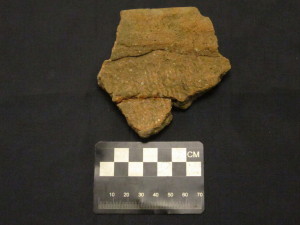
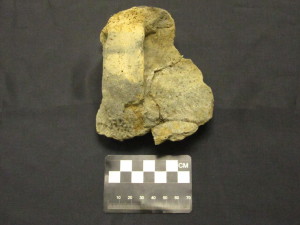
Projectile Points
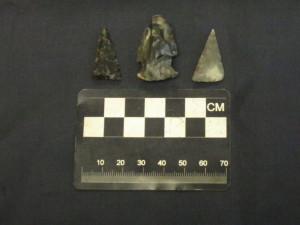
These arrowheads, known by archaeologists as projectile points, were used during the Mississippian period. These small triangular points were used in bow and arrows (as opposed to spears or atlatls) and this particular type is known as a Dallas type, identified originally in eastern Tennessee. It is widely found in the region
Archaeologists use the shorthand PP/K or projectile point/knife to note that not all arrowheads were used as arrowheads, but were likely also used in a variety of ways, including as knives. Like the Dallas type, Lamoka types are another common type found in the region. Different projectile point types are identified based on their style.
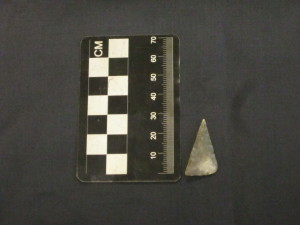
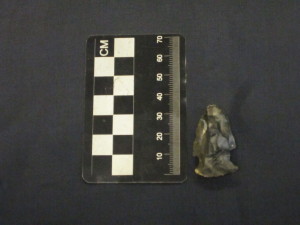
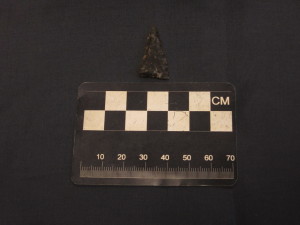
Drills and Beads
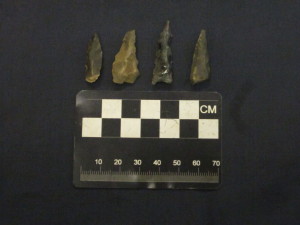
Drills were made out of stone found in the region, and are similar to projectile points but more rounded. The site contains many drills, often in context with shell beads in various stages of production, suggesting they were used to make shell beads and other drilled items
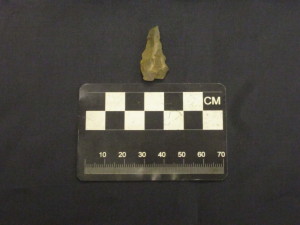
Some drills are able to by typed by style. Type III drills have a distinctive style, and were recognized at sites in northeastern Tennessee. This style was also found at Carter Robinson. Not all drills can be matched to a particular style.
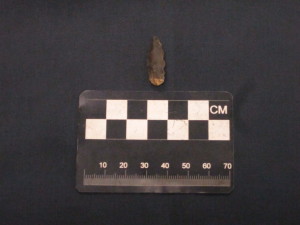
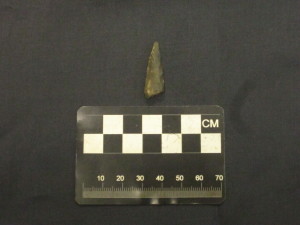
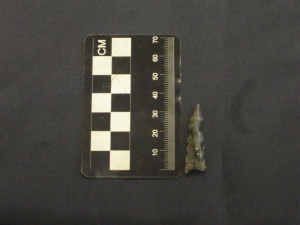
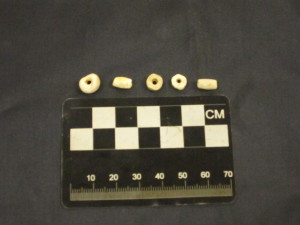
Excavations at Carter Robinson have uncovered two structures with evidence of shell bead production. Ongoing studies are trying to determine where the shell is from. It was likely made and traded toward Tennessee
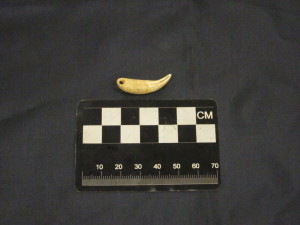
Found in a large structure near the mound, this drilled pendant has been found at other contemporaneous sites in the region. Likely part of the shell bead craft production activities at the site
Pipe Fragments
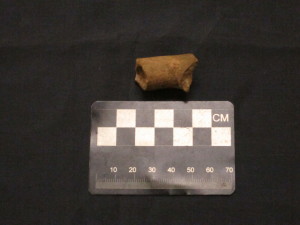
Pipes are common at Mississippian period sites, and were used in rituals. See “Smoking Culture: The Archaeology of Tobacco Pipes in Eastern North America” edited by Sean M. Rafferty and Rob Mann. 2004. The University of Tennessee Press, Knoxville for more information
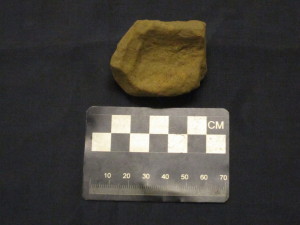
Pipes are common at Mississippian period sites, and were used in rituals.
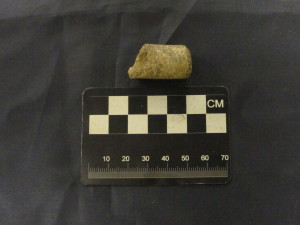
Pipes are common at Mississippian period sites, and were used in rituals.